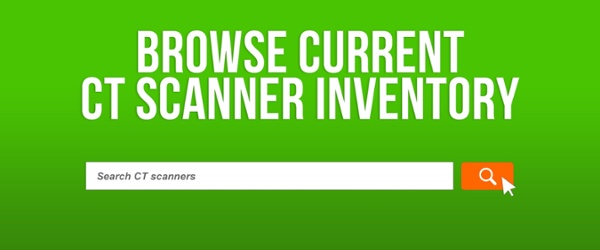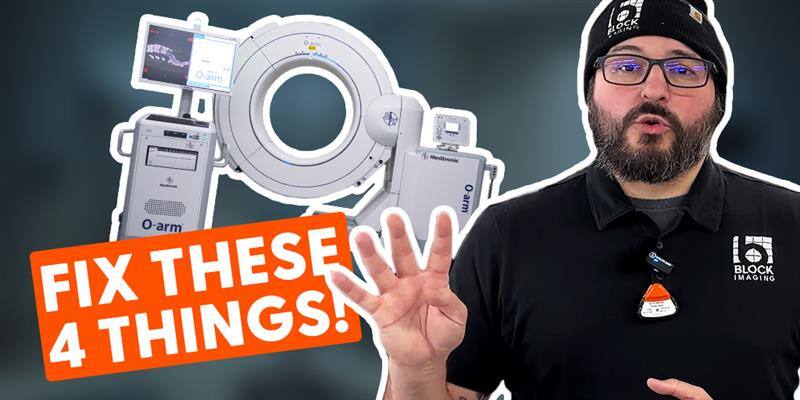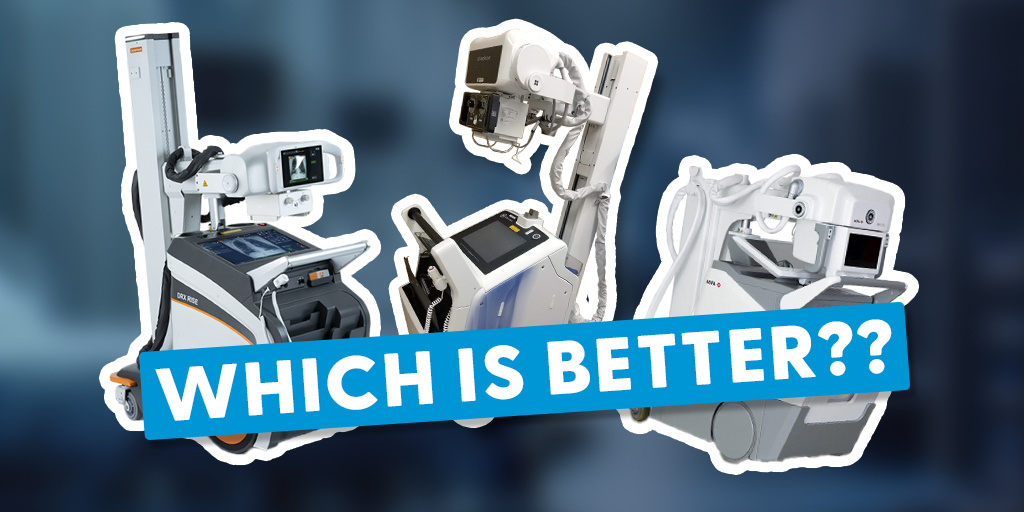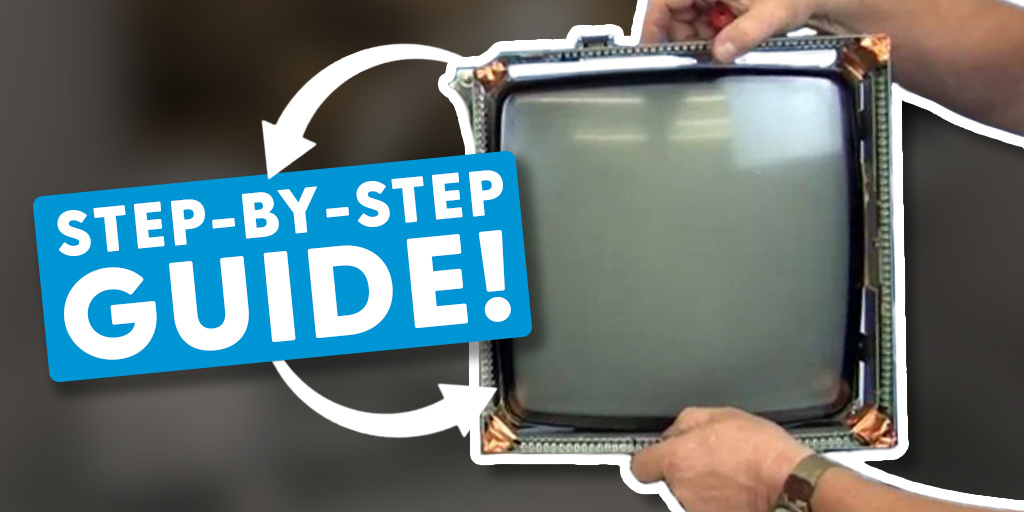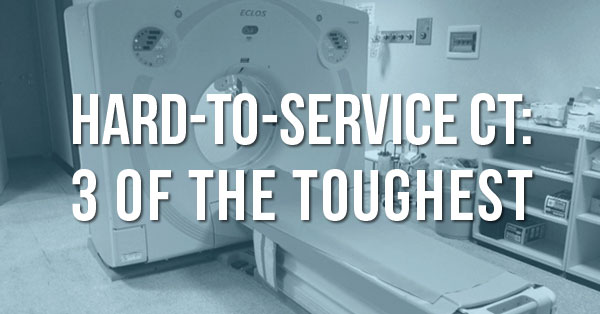
April 30, 2019 : 2 min read
The 3 Most Difficult CT Scanners to Service
We often talk about the ease of finding engineering and third-party parts support for GE CT scanners like the Lightspeed, Brightspeed, and VCT. On the opposite end of the spectrum, we've also discussed the “premium”, late-model scanners that just haven’t hit the market with enough consistency (like the Siemens Definition Force or GE Revolution EVO) to make third-party service and parts viable for a few more years. On that latter end of the spectrum, there are also some systems that, unless something big changes soon, are unlikely to ever come out from under the yoke of OEM service.
If you're hoping to purchase a CT and save on service and parts by working with an independent service organization (ISO) and third-party parts suppliers, the following are three systems you may want to avoid. Please note that none of these remarks are a commentary on the quality of a system, but rather the access owners have to parts and affordable support for it.
BodyTom by Neurologica
This CT is unique, since it’s the only 32-slice that can be moved from room-to-room making it “mobile”. Before BodyTom, only extremity CT could be used in the mobile sense. That being said, BodyToms are incredibly expensive (currently $800,000+ new) and you will be completely at the mercy of the OEM (Neurologica is owned by Samsung) for service. These are software-heavy scanners, so patches are constantly required and Neurologica is less than eager to support third-party engineers with software or parts. If support were less guarded and the system were offered at a better price point, I suspect the BodyTom would be one of the most in-demand in the world, rather than a rounding error in market share.
NeuViz Scanners by Neusoft
These scanners come in 128, 64, and 16-slice varieties. Being manufactured in China and owned by a Chinese company, gaining market share has been tough in the USA and much of the rest of the world. We hear some people rave about them and some people rail against them, but regardless, if you’re going to buy this scanner, you’ll be best off choosing OEM service, which almost always comes from local distributors, not the OEM directly.
With such a small market footprint, very few NeuViz scanners come out on the second-hand market, so third-party parts supply is non-existent. However, since they use local distributors there is opportunity for engineering support and there is good customer service from the corporate office in Texas and from many of the local distributors.
Hitachi CT
Hitachi has dominated the Open MRI market, but their CT products haven’t carried significant market share, with the exception of parts of Asia. I believe this is, in part, because Hitachi has gone out of their way to lock down service and software. Getting any information from them is nearly impossible, even data as basic as tube count and software options.
Despite Hitachi's products being well-made and reliable, their value is decimated on the secondary market. If you choose Hitachi CT, you’ll likely have to use the OEM for service or go without coverage.
The Takeaway
The systems we've discussed here might be a perfect fit for your clinical needs, and your budget might have enough flexibility to include service coverage through an OEM. If, however, reducing service spending is your goal, you'll be better served by choosing a more mainstream CT scanner with broader, less expensive availability of parts and service. In either case, our team is ready to help you find the scanner you're looking for. If you need additional information or are ready for a quote, you can tell us about your project with the banner below to learn more.

Paul Crawford
Paul Crawford is the Vice President of Equipment Solutions at Block Imaging. Paul connects with healthcare facilities across the world to offer CT solutions and manages the wholesale sales team. When Paul is not helping customers with their CT needs, he enjoys spending time with his family, watching MSU sports, and CrossFit.


